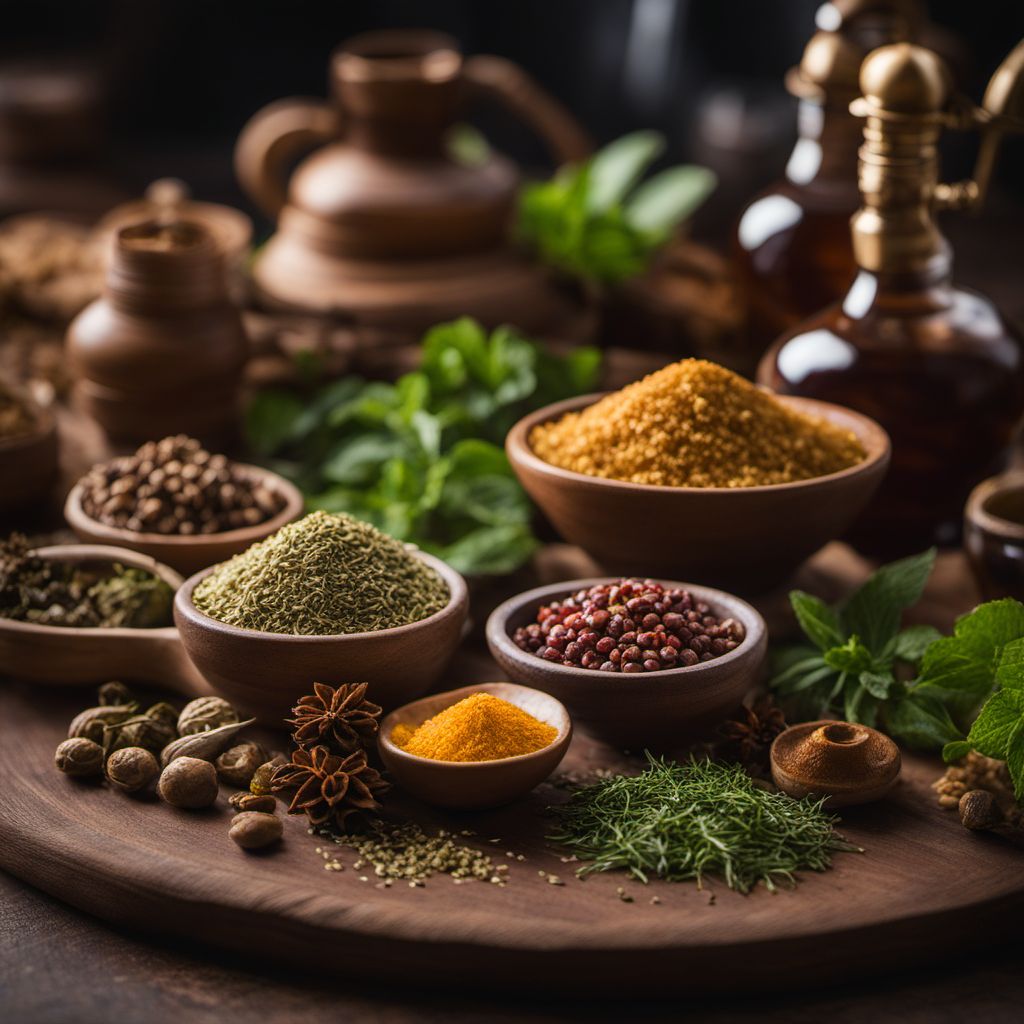
Ingredient
Other Herbal infusion materials from flowers
Blossoming Brews: Exploring the Floral World of Herbal Infusions
Other herbal infusion materials from flowers encompass a wide range of blossoms that can be used to create delightful and aromatic brews. These ingredients, such as chamomile, lavender, hibiscus, and rose petals, offer a diverse array of flavors, textures, and appearances. They can infuse teas, tisanes, and other beverages with their distinct characteristics, elevating the sensory experience.
Origins and history
The use of flowers in herbal infusions dates back centuries, with different cultures embracing their unique floral ingredients. Chamomile, for example, has been used since ancient times in Egypt and Rome for its calming properties. Lavender has a rich history in Mediterranean cuisine and traditional medicine. Hibiscus is widely consumed in various cultures, including Mexico and Egypt, for its vibrant color and tart flavor. Rose petals have been cherished in Persian and Indian cuisines for their delicate aroma and taste.
Nutritional information
These floral infusion materials are generally low in calories and fat. They can provide various health benefits, such as chamomile's potential to aid in sleep and relaxation, lavender's calming properties, and hibiscus' potential to support heart health.
Allergens
Some individuals may have allergies to certain flowers used in herbal infusions, such as chamomile or lavender. It is important to be cautious and consult with a healthcare professional if you have known allergies.
How to select
When selecting floral infusion materials, look for vibrant and aromatic flowers. Choose petals or buds that are intact, without any signs of wilting or discoloration. Opt for organic or pesticide-free options whenever possible to ensure the highest quality.
Storage recommendations
To maintain the freshness and quality of floral infusion materials, store them in airtight containers in a cool, dark place away from moisture and direct sunlight. Proper storage will help preserve their flavors and aromas for an extended period.
How to produce
Amateur gardeners can grow their own floral infusion materials by cultivating plants such as chamomile, lavender, hibiscus, and roses. These flowers can be grown in gardens, pots, or even indoor containers, depending on the specific requirements of each plant.
Preparation tips
To prepare a floral infusion, steep the desired amount of petals or buds in hot water for a few minutes, depending on the specific ingredient. Adjust the steeping time to achieve the desired strength of flavor. Experiment with combining different floral ingredients to create unique blends. These infusions can be enjoyed hot or cold, and can also be used as a base for cocktails, desserts, or even savory dishes.
Culinary uses
Floral infusion materials are commonly used to create herbal teas, tisanes, and floral waters. They can also be incorporated into baked goods, syrups, jellies, and infused oils. Additionally, they add a delightful touch to desserts, such as ice creams, sorbets, and custards.
Availability
Floral infusion materials are commonly available in various regions worldwide. Chamomile and lavender can be found in Europe, North America, and parts of Asia. Hibiscus is prevalent in tropical regions, including Africa, the Caribbean, and Central America. Roses are cultivated in many countries, including Iran, India, and Bulgaria.
More ingredients from this category
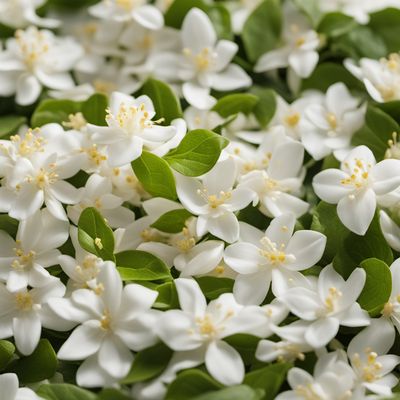
Jasmine infusion flowers and similar-
Aromatic Blossoms: Unveiling the Essence of Jasmine Infusion Flowers
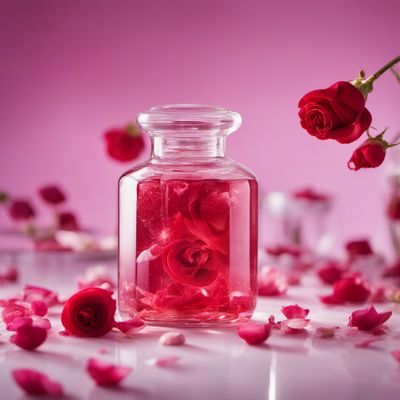
Rose infusion flowers and similar-
The Floral Elixir
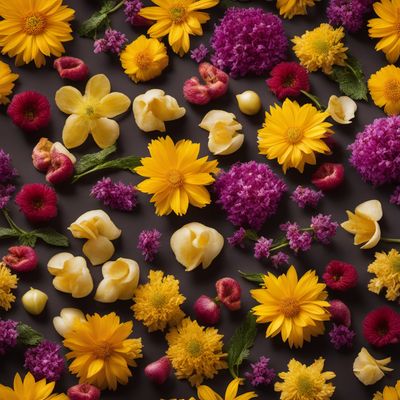
Flowers used for infusions-deprecated-double
The Fragrant Elixir: Exploring the World of Floral Infusions
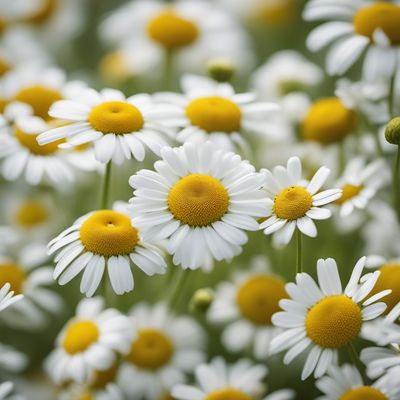
Chamomile and similar-
The Soothing Power of Chamomile: A Herbal Elixir
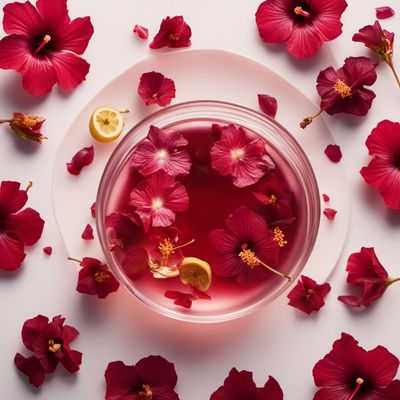
Hibiscus infusion flowers and similar-
The Vibrant Elixir: Exploring the World of Hibiscus Infusion

Lime infusion flowers and similar-
Unveiling the Floral Essence: Lime Infusion Flowers and Beyond